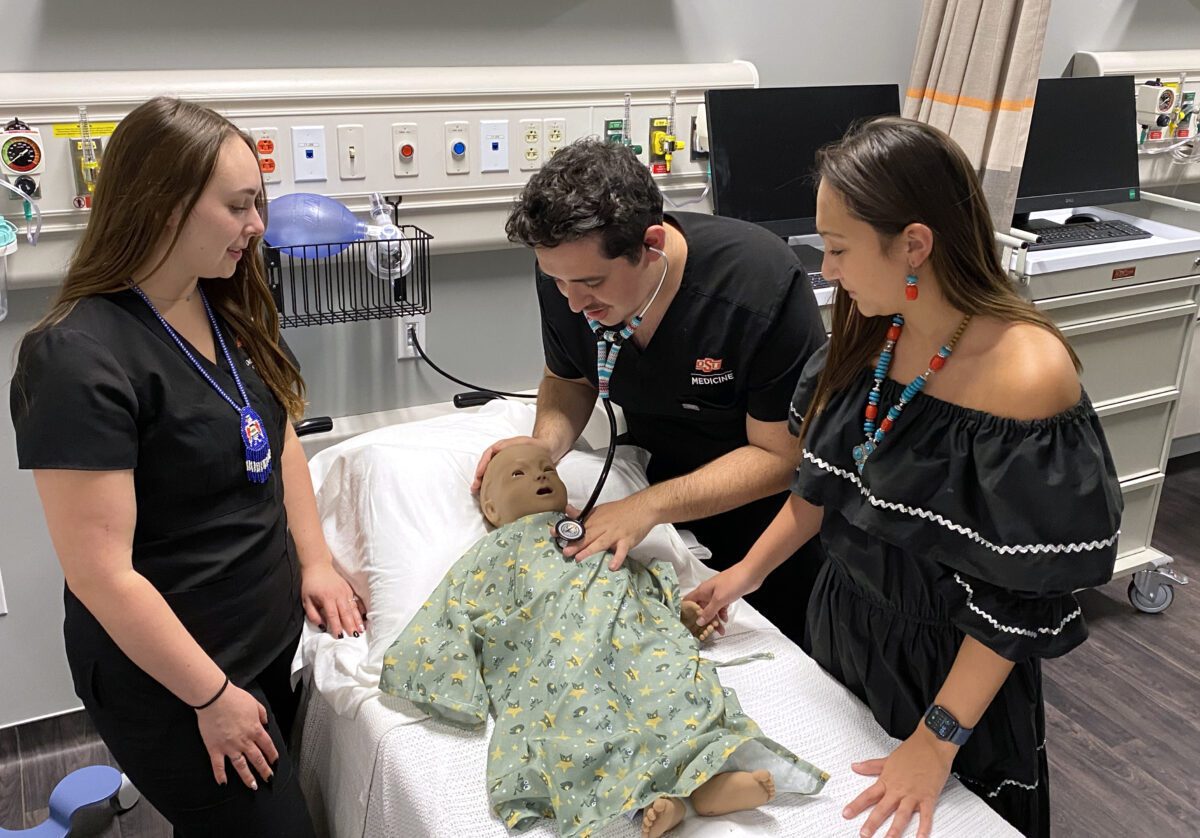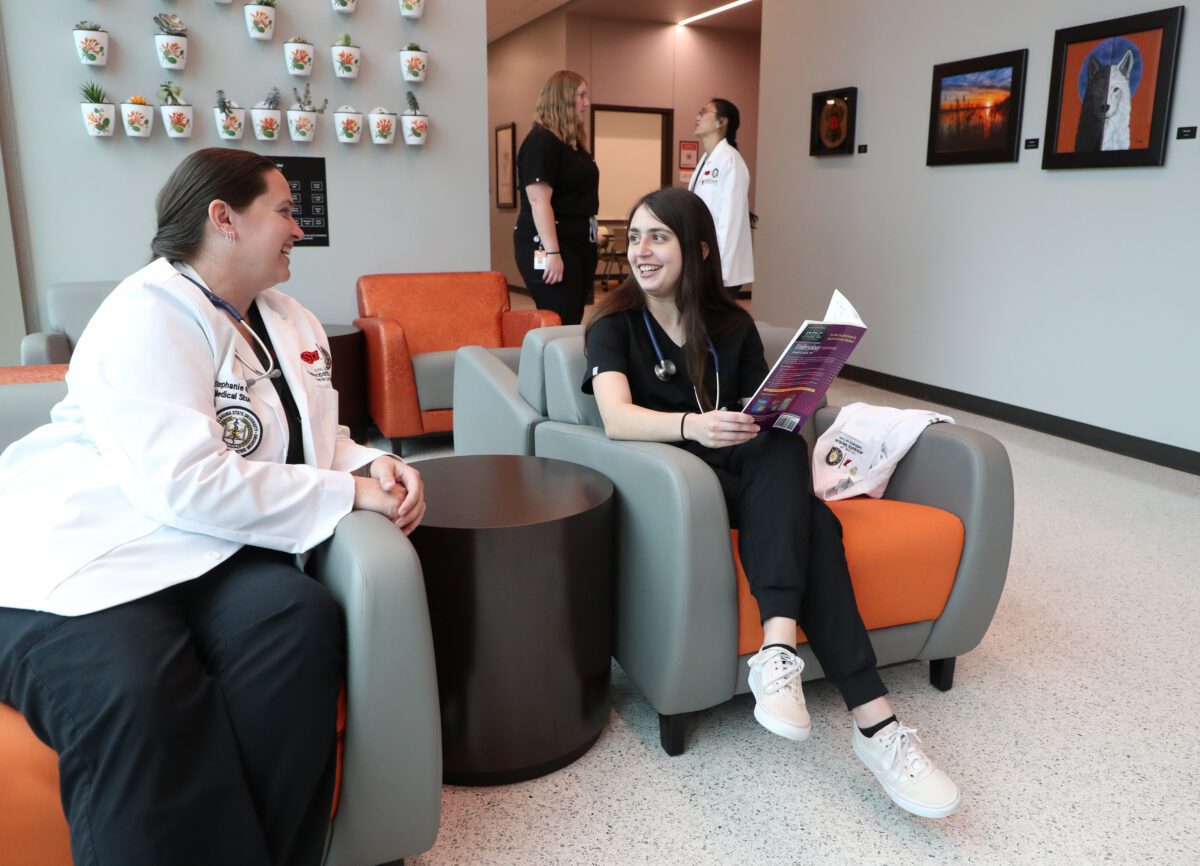Healthcare challenges impact all 77 Oklahoma counties, but disparities are larger and more prevalent in rural areas. Issues range from general access to a clinic to the lack of long-term care options and a shortage of emergency medicine services and physicians.
According to the 2022 U.S. Census, 1,294,542 people were living in non-metropolitan areas in 59 of Oklahoma’s 77 counties. This rounds to about 32.6% of the state’s population. At this time, rural Oklahomans only had access to 39 critical access hospitals, 131 rural health clinics, 118 federally qualified health centers (FQHC) and 41 short-term/prospective payment system (PPS) hospitals. (Both PPS and FQHC serve underserved areas or populations.)
Additionally, 2022 Oklahoma State Department of Health (OSDH) Office of Primary Care data shows nine Oklahoma counties with shortages of providers for the entire population of the service area. Approximately 64 counties showed a shortage of providers available to the population in the service area with incomes at or below 200% of the Federal Poverty Level.
While these numbers are alarming, the OSDH and area partners are working to make a change.
“The OSDH engages local health systems to establish partnerships to advance the agency’s mission to protect and promote health and cultivate conditions by which Oklahomans can thrive,” says Erica Rankin-Riley, the public information officer for the OSDH’s office of communications. “Oklahoma’s rural residents face significant barriers to accessing primary, dental and mental healthcare.”

Besides the healthcare provider shortage, other challenges include transportation, distance, financial means, language barriers, health literacy, privacy and trust.
“As an extension of county health departments, Mobile Wellness Units help fill healthcare gaps in rural areas,” says Rankin-Riley. “Regional county health department engagement teams work with existing healthcare providers to partner and provide access to primary and preventive services in statewide communities.”
Another agency in the fight for healthcare access is the Oklahoma Office of Rural Health (OORH), which coordinates, plans and promotes healthcare for underserved, rural Oklahomans. Working with rural communities to ensure their healthcare infrastructure is economically viable, the OORH broadens and improves access and quality. The effort revolves around three areas: stabilizing rural hospital finances, increasing access to quality care, and educating the public and policy makers about the importance and unique nature of rural health.
Addressing the lack of medical professionals in rural areas, the Oklahoma Workforce Training Commission establishes and administers programs and services to support and increase healthcare availability in rural locations. In tandem with partners including the Tobacco Settlement Endowment Trust, a new program was implemented to forgive student loans for new medical professionals who work in rural communities.
The Future of Rural Medicine
This past May, Oklahoma State University’s College of Osteopathic Medicine at Cherokee Nation graduated its inaugural class of doctors from a first-of-its-kind medical school. Opened in 2020, the campus is located in the heart of Cherokee Nation in Tahlequah, and is the first physician training program on a Native American reservation and in affiliation with a tribal government.
About 35% of the inaugural class matched with rural or tribal residency programs, and during their rotations, students encountered patients suffering challenges related to living in rural areas. OSU’s partnership with the Cherokee Nation emphasizes serving and improving health outcomes for both Indigenous and rural areas, and builds a sustainable pipeline for rural and underserved Oklahomans.
“A child growing up in northeast Oklahoma no longer has to leave this region to pursue their dreams of becoming a doctor,” says OSU president Kayse Shrum, D.O. “They can attend medical school, complete their residency training and practice medicine, all in the rural community of Tahlequah and under the auspices of OSU Medicine and the Cherokee Nation.”

























